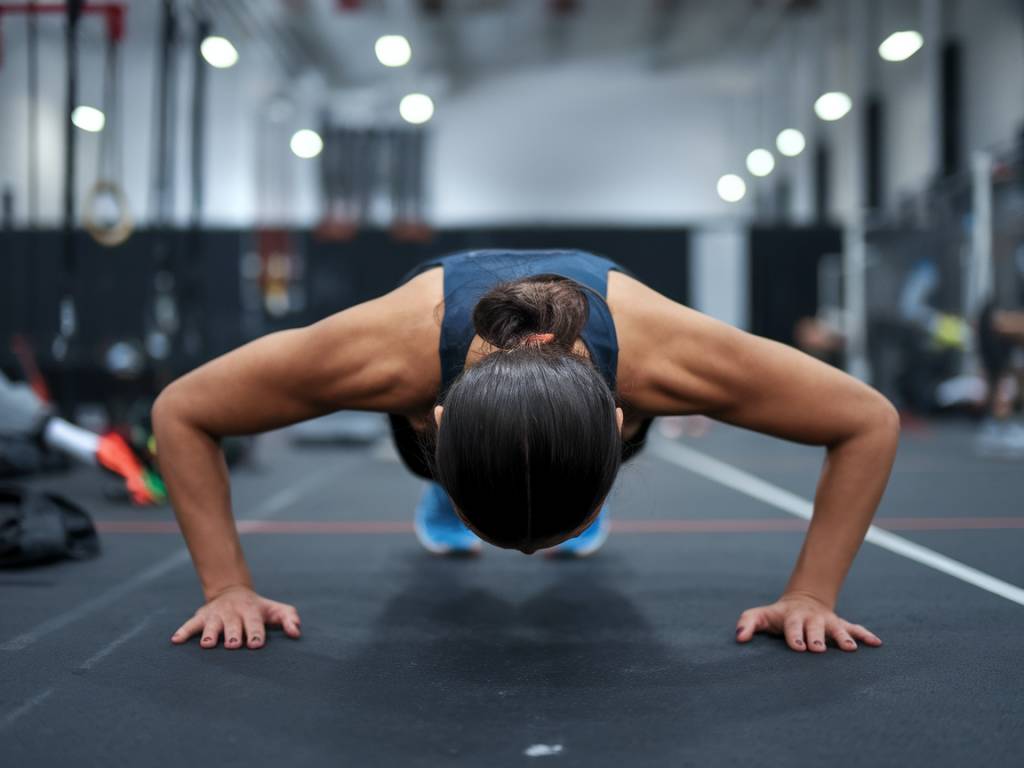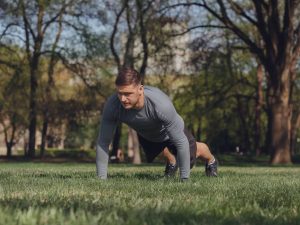The importance of warm-up routines in preventing sports injuries

The importance of warm-up routines in preventing sports injuries
In the world of sports and fitness, we often hear the phrase, « Don’t forget to warm up! » But how often do we actually pause to think about why warm-up routines are so important? Whether you’re a seasoned athlete or someone who works out casually to stay healthy, incorporating a proper warm-up into your exercise routine is non-negotiable. Why? Because warm-ups are the unsung heroes in preventing injuries that can derail your progress and disrupt your active lifestyle.
Why Warm-Up Routines Matter
Let’s face it, the temptation to skip a warm-up is real, especially when you’re short on time or eager to jump into the main workout. But what many fail to realize is that warm-ups do more than « just get your body moving. » They actively prepare your muscles, ligaments, and joints for the demands of exercise.
Think of your body as a high-performance car. Would you slam the accelerator on a cold engine? Probably not. Similarly, leaping straight into intense physical activity can strain your muscles and increase the likelihood of injuries like sprains, pulls, or tears.
How Warm-Ups Help Prevent Injuries
The science behind warm-ups is fascinating. Engaging in light physical activity raises your body temperature, literally « warming » your muscles. Warm muscles are more pliable and less likely to tear under strain. Additionally, a good warm-up increases blood flow to your muscle tissues, improving oxygen delivery and reducing stiffness.
A proper warm-up routine also « wakes up » your nervous system. This translates to better coordination, balance, and reaction time during your workout or sports activity. When your body is fully alert, your chances of overextending a joint or stepping wrong are significantly reduced.
Key Components of an Effective Warm-Up
So, what does a good warm-up look like? A well-rounded warm-up ticks these three crucial boxes:
- Dynamic Stretching: Unlike static stretching, where you hold a stretch for a prolonged period, dynamic stretching involves controlled movements that improve your range of motion. Examples include arm circles, high knees, or leg swings.
- Cardiovascular Activity: Light cardio exercises, like jogging or cycling for five to ten minutes, elevate your heart rate and increase blood flow to your muscles, priming them for action.
- Sport-Specific Drills: This involves mimicking movements you’ll perform during your activity. Runners can do strides, while tennis players might practice light volleys. These drills train your muscles for sport-specific actions, creating muscle memory and reducing awkward or mismatched movements that could lead to injuries.
The Psychological Benefits of Warming Up
Warming up isn’t just beneficial for your body—it also gets your mind in the game. Let’s be honest: how often do you show up to a workout distracted by everything else happening in your day? Warm-ups offer a chance to shift gears mentally, moving your focus from daily stressors to the activity ahead.
By setting a rhythm early on, warm-ups allow you to practice mindfulness, align your breathing, and build confidence for a successful session. The result? You’re not only physically prepared but also mentally sharp, reducing mistakes or inattentiveness that can lead to injuries.
Common Mistakes to Avoid
While warm-ups are crucial, they can be counterproductive if done incorrectly. Avoid these pitfalls to ensure you’re maximizing their benefits:
- Skipping It Altogether: Even if you’re pressed for time, a quick five-minute warm-up is better than nothing. Something as simple as walking briskly or performing light bodyweight exercises can make a huge difference.
- Overdoing It: The goal isn’t to exhaust yourself before the workout even begins. Warm-ups should be light and invigorating, not draining.
- Static Stretching First: While static stretches have their benefits, they’re best saved for after your workout. Doing them cold can actually increase the risk of injury by overextending stiff muscles.
- Not Tailoring to Your Activity: Your warm-up should align with your specific sport or workout. A one-size-fits-all approach might not adequately prepare your body for the movements you’re about to perform.
Real-Life Impact: Stories of the Unprepared
If you’re not convinced yet, let’s look at real-life scenarios. Sarah, a recreational runner, used to skip warm-ups because she didn’t see their value. One day, during her fourth kilometer, she felt a sharp pain in her calf. The culprit? A pulled muscle that could have been avoided with just five minutes of dynamic stretches and light jogging.
Then there’s Mark, an avid basketball player who loved jumping straight into pickup games. Over time, repetitive stress on cold muscles led to recurring ankle sprains. Once Mark started warming up, his injuries drastically reduced, and he regained better control over his movements.
Simple Warm-Up Routine You Can Try
If you’re new to warming up or looking for a foolproof plan, here’s a quick 10-minute routine to get you started:
- Jog in place for 2 minutes to elevate your heart rate.
- Perform dynamic stretches, such as arm circles and leg swings (5 reps per side).
- Do some high knees or butt kicks for 2 minutes to engage your legs.
- Finish with sport-specific drills, like light jump shots for basketball players or shadowboxing for combat sports enthusiasts.
Simple, effective, and easy to incorporate into your schedule—this routine ensures you’re ready to hit the ground running (literally).
Final Thoughts
Warming up is more than just a prelude to your workout; it’s an investment in your long-term health and performance. By dedicating just a few minutes to warming up, you’re not only protecting yourself from preventable injuries but also setting yourself up for greater success in your fitness journey. So next time you’re tempted to skip it, ask yourself this: are a few minutes of warming up worth avoiding weeks—or even months—of recovery? The answer is clear.







